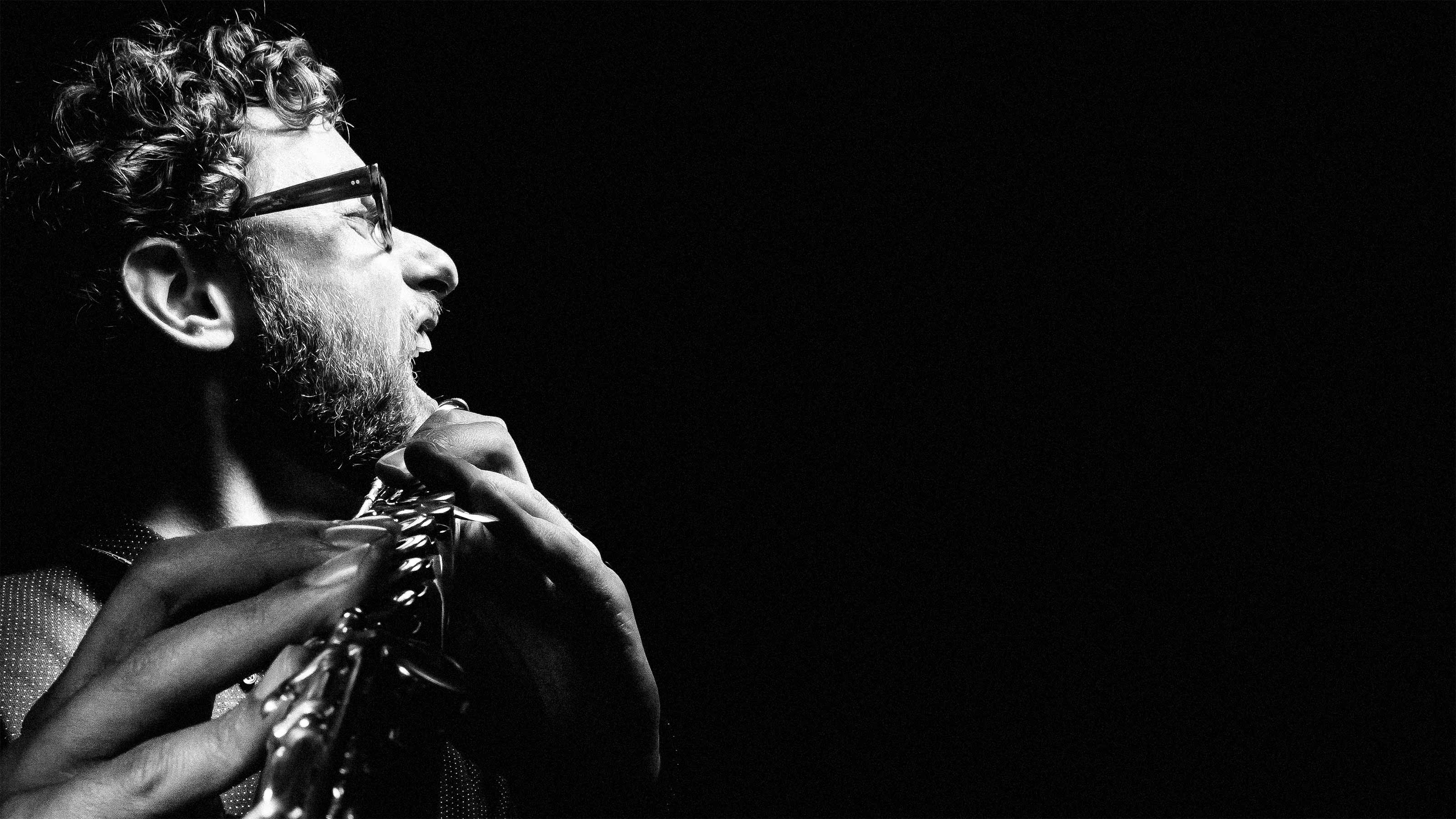“Beautifully poised throughout,” says the BBC, “Double Sextet stands as arguably one of Reich’s finest works.” The Philadelphia Inquirer places it “among the finest pieces of our time … more than earlier Reich, it tips from exaltation to menace on a dime.” Bang on a Can perform 2×5, which premiered last summer at a velodrome in Manchester, England. Double Sextet comprises two identical sextets of flute, clarinet, vibraphone, piano, violin, and cello. Doubling the instrumentation was done so that, as in so many of Reich’s earlier works, two identical instruments could interlock to produce one overall pattern. The composer says, “For example, in this piece you will hear the pianos and vibes interlocking in a highly rhythmic way to drive the rest of the ensemble.” The piece can be played in two ways: with 12 musicians, or with six playing against a recording of themselves. Reich continues, “The idea of a single player playing against a recording of themselves goes all the way back to Violin Phase of 1967. The expansion of this idea to an entire chamber ensemble playing against pre-recordings of itself begins with Different Trains (1988). By doubling an entire chamber ensemble, one creates the possibility for multiple simultaneous contrapuntal webs of identical instruments.”
Double Sextet
Eighth Blackbird

